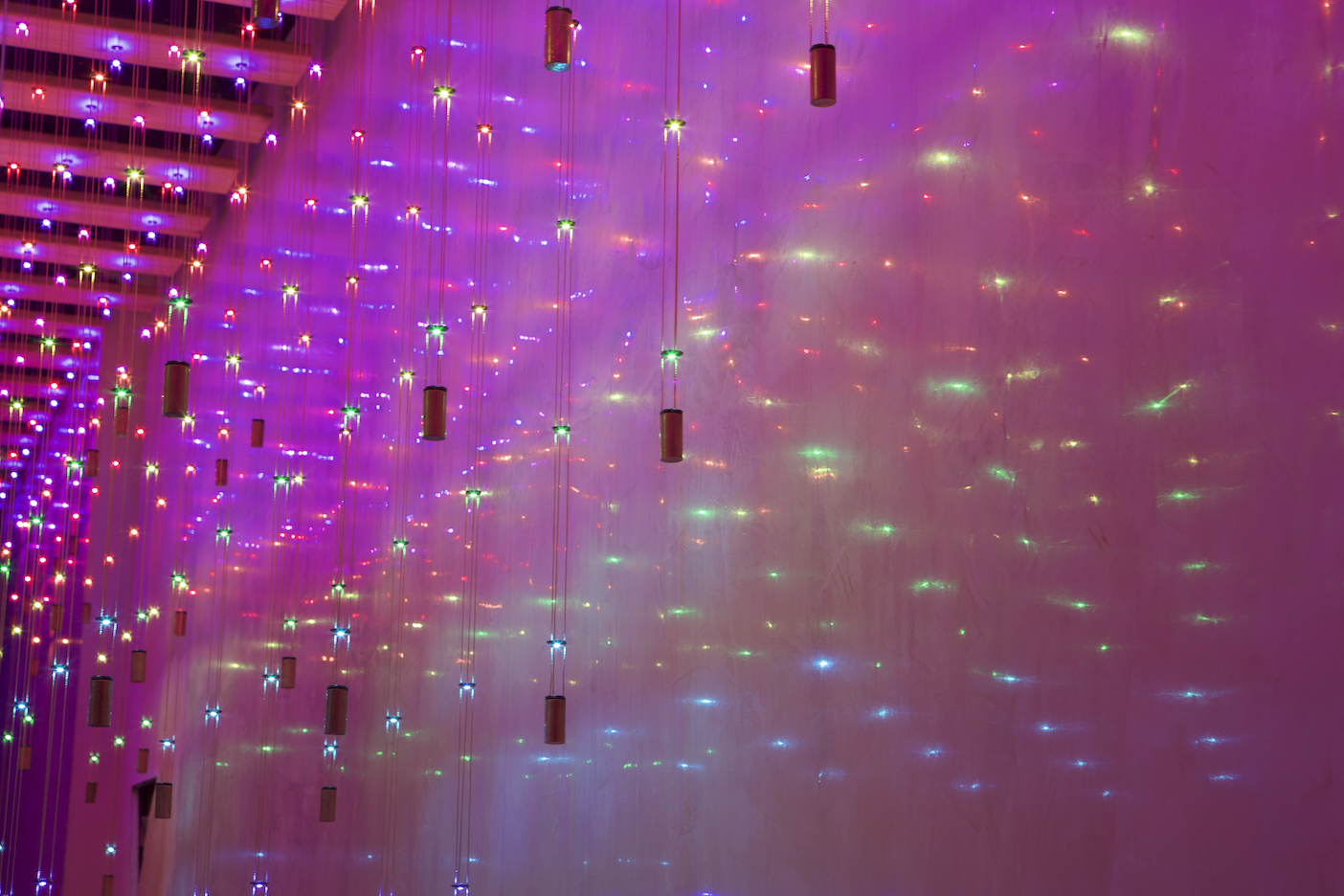Two years ago today my dad passed on. To this day it was the most emotionally rich and challenging time for me. It was beautiful and of course, incredibly sad. I learned so much about life, not just in the last few days he was with us, but in the year and a half leading up to the end.
The summer before he passed he spent a little more than a month in the hospital undergoing treatment for MDS – a type of blood cancer. He underwent days of intense chemotherapy followed by a bone marrow transplant – a dangerous procedure that was intended to begin a chain reaction of the new healthy marrow slowly replacing the cells in his body, averting the downward spiral he seemed to be slipping into. During this time I wrote him the short composition posted above. A meditation for him and myself.
This period for him in the hospital was nerve wracking. Each day we shared his stats with each other: heart rate, cell counts, blood pressure, notes from the attending doctor.. All anxiously anticipating the moment when a clear sign would present itself that the transplant had begun to work.
In the end however, he rebounded fast, and soon was home enjoying home cooked meals sporting much, much shorter hair.
Fall came. My parents moved back home to their house on Long Island. My dad began doing chores around the house and started working again. We all settled back into our lives. His hair grew back. For a good five months, we didn’t think about the long nights in the hospital the summer before. We didn’t think about death.
Winter came and went. In the early Spring he was healthy enough to take a trip, and we all got away for a week to Florida together.
But by the middle of the next summer he started feeling short of breath, and signs of his previous illness began appearing again. The doctors told us not to worry, but then a one time blood transfusion was followed by another, and another.
My parents moved back into the city to be closer to his doctors. Shortly thereafter, a single midnight emergency trip to the hospital became a regular occurrence. A one-day visit turned into a week, and the next time it happened, it turned into almost a six week stay.
I remember when my dad called me to tell me he’d decided to go home, to leave the hospital, to go into hospice care. He’d made the decision to essentially begin the process of letting go and passing on. Inside, I was crushed – it wasn’t real, this couldn’t be happening, we couldn’t be giving up. But, we supported him.
In the course of five days at home our lives changed. We sat by his side, day in and day out. We cooked him real food for the first time in months. We listened to music, shared laughs and stories, and cried a lot. He showed so much grace as he left. It was a gift to all of us - his friends and family. And for my mom, brother, sister, and everyone there, it was a lesson on living, and dying. I miss him. He was the best.





































































































































